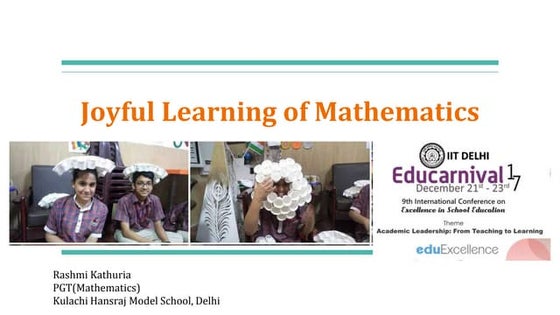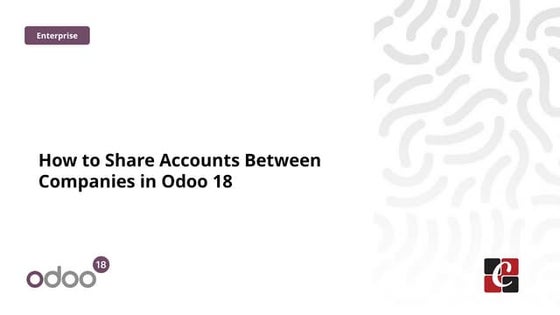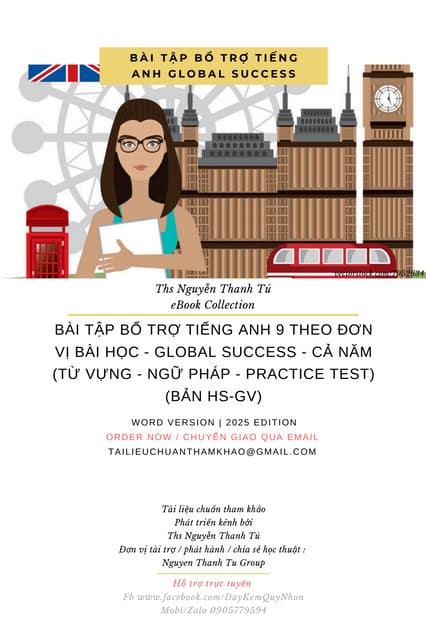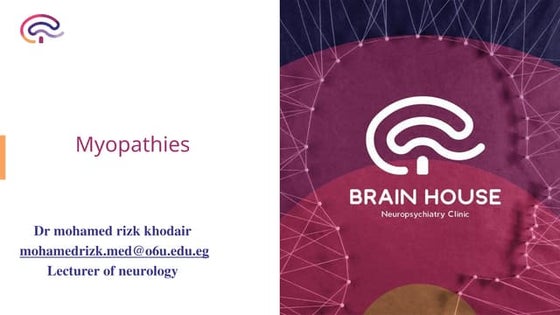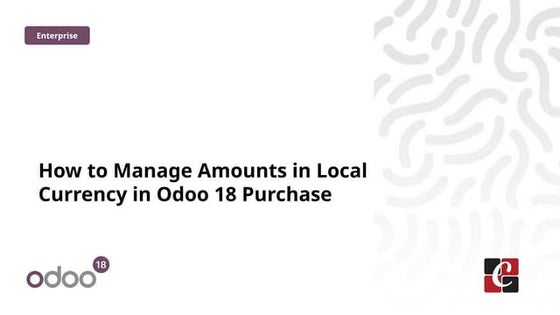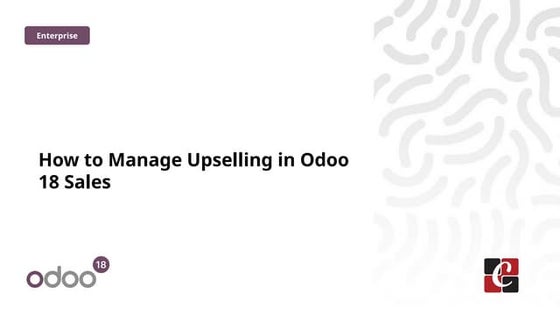Ime march 2007_workshop_nebraska
- 1. The Mathematical Education of K-8 Teachers at the University of Nebraska-Lincoln, a Mathematics – Mathematics Education Partnership Jim Lewis and Cheryl Olsen University of Nebraska-Lincoln
- 2. The Mathematics Semester for future elementary school teachers and Math in the Middle Institute Partnership a professional development program for middle level teachers
- 3. The Mathematics Semester Math Matters, an NSF-funded CCLI grant began in 2000, and became The Mathematics Semester in Fall 2003 Vision • Create a mathematician – mathematics educator partnership with the goal of improving the mathematics education of future elementary school teachers • Link field experiences, pedagogy and mathematics instruction • Create math classes that are both accessible and useful for future elementary school teachers
- 4. The Mathematics Semester (For all Elementary Education majors starting Fall 2003) MATH • Math 300 – Number and Number Sense (3 cr) PEDAGOGY • TEAC 308 – Math Methods (3 cr) • TEAC 351 – The Learner Centered Classroom (2 cr) FIELD EXPERIENCE • TEAC 297b – Professional Practicum Exper. (2 cr) (a field experience in a local elementary school) – Students are in an elementary school on Mondays and Wednesdays (four hours/day) – Math 300 & TEAC 308 are taught as a 3-hour block on Tuesday and Thursday – TEAC 351 is taught on site at a participating elementary school
- 5. A look inside The Mathematics Semester • Curriculum materials • Homework to develop mathematical habits of mind • Professional writings • The curriculum project • Learning and Teaching Project • Activities at the elementary school – Teaching a Math Lesson – Child Study
- 6. Curriculum Materials • Sowder, J. et al. (2007). Reasoning about Numbers and Quantities. W. H. Freeman. (prepublication copy) • Schifter, D., Bastable, V., & Russell, S.J. (1999). Number and operations, part I: Building a system of tens. Parsippany, NJ: Dale Seymour. • Reys, Lindquist, Lambdin, Smith, & Suydam (2007). Helping Children Learn Mathematics. John Wiley & Sons. • Lampert, M. (2001). Teaching problems and the problems of teaching. New Haven, CT: Yale University.
- 7. A problem to get started Making change What is the fewest number of coins that it will take to make 43 cents if you have available pennies, nickels, dimes, and quarters? After you have solved this problem, provide an explanation that proves that your answer is correct? How does the answer (and the justification) change if you only have pennies, dimes, and quarters available? Note: We first encountered this problem in a conversation with Deborah Ball.
- 8. A Typical Weekly Homework All Shook Up Five couples met one evening at a local restaurant for dinner. Alicia and her husband Samuel arrived first. As the others came in some shook hands and some did not. No one shook hands with his or her own spouse. At the end Alicia noted that each of the other 9 people had shaken the hands of a different number of people. That is, one shook no one's hand, one shook one, one shook two, etc., all the way to one who shook hands with 8 of the people. How many people did Samuel shake hands with? Note: This problem is a slightly modified version of Exercise #14, page 32, in The Heart of Mathematics, by Burger and Starbird, Key Curriculum Publishing, 2005.
- 9. Professional Writings Dear Math Professors, We are 1st and 2nd graders in Wheeler Central Public School in Erickson, Nebraska. We love to work with big numbers and have been doing it all year! Every time we read something with a big number in it we try to write it. Then our teacher explains how to write it. We are getting pretty good at writing millions and billions! We have a problem that we need your help with. We were reading amazing ‘Super Mom’ facts in a Kid City magazine. It told how many eggs some animals could lay. We came across a number that we don’t know. It had a 2 and then a 1 followed by 105 zeros!! We wrote the number out and it stretches clear across our classroom! We know about a googol. We looked it up in the dictionary. A googol has 100 zeros. Then what do you call a number if it has more than 100 zeros? Is there a name for it?
- 10. Another problem is that we learned about using commas in large numbers. In the magazine article they used no commas when writing this large number. That confused us. Also, if you write a ‘googol’ with 100 zeros, how do you put the commas in? It doesn’t divide evenly into groups of 3 zeros. There will be one left over. We appreciate any help you can give us solving this “big” problem. Thank you for your time. Sincerely, Mrs. Thompson’s 1st & 2nd graders Megan Kansier, Mark Rogers Marcus Witt, Ashley Johnson
- 11. clipping from Kid City magazine Apple Of My Eye The tiny female apple aphid is a champ as an egg-layer. This insect can lay as many as 21000000000000 00000000000000000000000 00000000000000000000000 00000000000000000000000 00000000000000000000000 0000 eggs in 10 months.
- 12. What do Math Teachers Need to Be? Read “What do Math Teachers Need to Be?”* by Herb Clemens, a mathematics professor at The Ohio State University. Where does your own practice of teaching mathematics stand in relationship to what Clemens says mathematics teachers need to be: unafraid, reverent, humble, opportunistic, versatile, and in control of their math. If Clemens came to your classroom and watched you teach math, how would he answer his question: Can this teacher teach it [math] with conviction, and with some feeling for its essence? Explain. * Published in 1991 in Teaching academic subjects to diverse learners (pp. 84-96). M2 Innovations Professional Writings
- 13. Curriculum Project The goal is to investigate a new mathematical area of the elementary curriculum and consider what teachers need to know as well as what children need to learn the topic in the deep and meaningful ways suggested by the NCTM Standards (2000). 1) Pick a topic: data analysis and probability, geometry, reasoning and proof, or algebra. 2) Read, analyze, and synthesize the mathematical topic in the NCTM Standards. 3) Analyze and synthesize the topic in a set of reform curriculum materials (Everyday Math, Trail Blazers, Investigations, local curriculum). 4) What do teachers need to know to teach this? 5) Create 5 math problems that would help teachers learn. Create 5 math problems that would help children learn.
- 14. Learning and Teaching Project Area and Perimeter The task began with a homework problem. It is taken from Reconceptualizing Mathematics: Courseware for Elementary and Middle School Teachers, Center for Research in Mathematics and Science Education, 1998. Is there a relationship between the area and the perimeter of a polygonal shape made with congruent square regions? (For fixed area, find the minimum and maximum perimeter. For fixed perimeter, find the minimum and maximum area.) Squares must be joined complete-side to complete-side. The outside “boundary” should be a polygon. In particular, this would not permit a shape with a “hole” in the middle.
- 15. A couple of weeks later we told our students: We want to revisit the “Area and Perimeter” problem. This is to be the basis for a mathematics lesson that you will videotape yourself teaching to one elementary school student. How can you present this task to the student you will teach? How can you set the stage for the student to understand the problem? How far can the student go in exploring this problem? Remember that you want your student to discover as much as possible for himself (or herself). But there may be some critical points where you need to guide the student over an intellectual “bump” so that he (she) can move on to the next part of the problem. Finally, produce a report analyzing the mathematics and your teaching experience.
- 16. Activities at the elementary school Math Lesson. You will teach a math lesson that connects to the curriculum in the classroom in which you are working. You should make use of the textbook and other resources from your cooperating teacher and what you are learning and reading in the Mathematics Semester. Child Study. This assignment will give you some experience watching, listening to, probing, and assessing one child’s understanding of several math problems focused on a particular area of mathematics. You will write a report of your interview and suggest instruction for the child based on the information you gathered in the interview session.
- 17. Math in the Middle Institute Partnership Principal Investigators Jim Lewis, Department of Mathematics Ruth Heaton, Department of Teaching, Learning & Teacher Education Barb Jacobson, Lincoln Public Schools Tom McGowan, Chair, Department of Teaching, Learning & Teacher Education (Funding began August 1, 2004)
- 18. Invest in high-quality teachers * To improve K-12 student achievement in mathematics and to significantly reduce achievement gaps in the mathematical performance of diverse student populations. M2 Goal
- 19. M2 Partnership Vision • Create and sustain a University, Educational Service Unit (ESU), Local School District partnership • Educate and support teams of outstanding middle level (Grades 5 – 8) mathematics teachers who will become intellectual leaders in their schools, districts, and ESUs. • Provide evidence-based contributions to research on learning, teaching, and professional development. • Place a special focus on rural teachers, schools, and districts.
- 20. MM22 PartnershipsPartnerships People and OrganizationsPeople and Organizations • All 14 rural Educational Service Units plus LPS • 65 Local School Districts • 91 Schools • 130 Teachers (4th cohort will begin summer 2007) – 29 teachers earned their Masters Degree 2006
- 21. M2 Major Components • The M2 Institute, a multi-year (25-month) institute that offers participants a coherent program of study to deepen their mathematical and pedagogical knowledge for teaching and to develop their leadership skills; • Mathematics learning teams, led by M2 teachers and supported by school administrators and university faculty, which develop collegiality, help teachers align their teaching with state standards, and assist teachers in examining their instructional and assessment practices; and • A research initiative that will transform the M2 Institute and the M2 mathematics learning teams into laboratories for educational improvement and innovation.
- 22. Math in the Middle Institute Partnership M2 courses focus on these objectives: • enhancing mathematical knowledge • enabling teachers to transfer mathematics they have learned into their classrooms • leadership development and • action research
- 23. Math in the Middle Institute Design Summer Fall Spring Wk1 Wk2&3 Yr 1 M800T Teac800 & M802T M804T M805T Yr 2 M806T Teac801 & Stat892 Teac888 M807T Yr 3 M808T Teac889/M809T and the Masters Exam - A 25-month, 36-hour graduate program.
- 24. M2 Summer Institute • Combination of 1 week and 2 week classes. • Teachers are in class from 8:00 a.m. - 5:00 p.m. • 32-35 teachers – 5 instructors in class at one time. • Substantial homework each night. • Substantial End-of-Course problem set – Purpose – long term retention of knowledge gained. – Presentation of solutions/celebration of success at start of next class.
- 25. M2 Academic Year Courses • Two-day (8:00 – 5:00) on-campus class session. • Course completed as an on-line, distance education course using Blackboard and Breeze. – Major problem sets – Professional Writings – Learning and Teaching Projects – End-of-Course problem set – Substantial support available for teachers
- 26. M2 Institute Courses • Eight new mathematics and statistics courses designed for middle level teachers (Grades 5 – 8) including: – Mathematics as a Second Language – Experimentation, Conjecture and Reasoning – Number Theory and Cryptology for Middle Level Teachers – Using Mathematics to Understand our World • Special sections of three pedagogical courses: – Inquiry into Teaching and Learning – Curriculum Inquiry – Teacher as Scholarly Practitioner • An integrated capstone course: – Masters Seminar/Integrating the Learning and Teaching of Mathematics
- 27. Math 800T - Mathematics as a Second Language • The “text” was written by Kenneth and Herbert Gross of the Vermont Mathematics Initiative. • Ken helped us “kick off” our first weekend. • Innovations (i.e. additions) – Habits of Mind problems – Learning and Teaching Project
- 28. M2 Innovations “Habits of Mind” Problems A person with the habits of mind of a mathematical thinker can use their knowledge to make conjectures, to reason, and to solve problems. Their use of mathematics is marked by great flexibility of thinking together with the strong belief that precise definitions are important. They use both direct and indirect arguments and make connections between the problem being considered and their mathematical knowledge. When presented with a problem to solve, they will assess the problem, collect appropriate information, find pathways to the answer, and be able to explain that answer clearly to others. While an effective mathematical toolbox certainly includes algorithms, a person with well developed habits of mind knows both why algorithms work and under what circumstances an algorithm will be most effective.
- 29. M2 Innovations “Habits of Mind” Problems Mathematical habits of mind are also marked by ease of calculation and estimation as well as persistence in pursuing solutions to problems. A person with well developed habits of mind has a disposition to analyze situations as well as the self- efficacy to believe that he or she can make progress toward a solution. This definition was built with help from Mark Driscoll’s book, Fostering Algebraic Thinking: A guide for teachers grades 6-10.
- 30. The Triangle Game A “Habits of Mind” Problem (Paul Sally, U. Chicago) Consider an equilateral triangle with points located at each vertex and at each midpoint of a side. The problem uses the set of numbers {1, 2, 3, 4, 5, 6}. Find a way to put one of the numbers on each point so that the sum of the numbers along any side is equal to the sum of the numbers along each of the two other sides. (Call this a Side Sum.) – Is it possible to have two different Side Sums? – What Side Sums are possible? – How can you generalize this game? B D F C E A
- 31. Select a challenging problem or topic that you have studied in MSL and use it as the basis for a mathematics lesson that you will videotape yourself teaching to your students. How can you present this task to the students you teach? How can you set the stage for your students to understand the problem? How far can your students go in exploring this problem? You want your students to discover as much as possible on their own, but there may be a critical point where you need to guide them over an intellectual “bump.” Produce a report analyzing the mathematics and your teaching experience. M2 Innovations Learning & Teaching Projects
- 32. Action Research Each teacher takes TEAC 888, Teacher as Scholarly Practitioner, an action research course. Each teacher then conducts their own research project and writes a report about their findings. – “Action research is research done by teachers for themselves; it is not imposed on them by someone else” (Mills, 2003, p. 5, italics in original). – In conducting action research, drawing conclusions isn’t about making generalizations for others but about deciding on a course of action for one’s own teaching. – In 2006, 31 teachers had 29 different research projects involving 29 IRB documents. – Each teacher posed 3 research questions, used 3 forms of data collection and used at least 5 from their literature review.
- 33. • Two options for the Masters Degree – MAT (Specialization in the teaching of middle level mathematics (Mathematics Department) – MA (Teaching, Learning and Teacher Ed.) • Masters exam in mathematics – Take home exam (two math questions) – Write 5-7 page report on action research project – Write an 8-10 page expository paper – Give an oral presentation about the paper M2 Masters Degrees
- 34. A Sample Masters Exam Question A math class with “n” students sits in a circle to play mathematical chairs. The students choose an elimination number “d” and then count off in order, 1, 2, 3, … . When the count gets to d, that student is eliminated from the game. The next student starts the count over and the students count 1, 2, 3, … . Again, when the count gets to d, that student is eliminated. Continue in this manner until only one student is left. That student wins the game. Where should you sit in order to win the game? Hint: Solve the problem first for elimination number 2 or 3 and then try to solve it for elimination number d. Note: This is a version of The Ring of Josephus problem.
- 35. M2 Research Questions • What are the capacities of teachers to translate the mathematical knowledge and habits of mind acquired through the professional development opportunities of M2 into measurable changes in teaching practices? • To what extent do observable changes in mathematics teaching practice translate into measurable improvement in student performance?
- 36. What are we learning? • Integrate content and pedagogy courses. • Keep expectations of students or teachers high. • Emphasize learning how to learn and offer continued opportunities. • Build on existing relationships. • Commitment to the partnership need to be long term.











![What do Math Teachers Need to Be?
Read “What do Math Teachers Need to Be?”* by Herb Clemens, a
mathematics professor at The Ohio State University. Where does
your own practice of teaching mathematics stand in relationship to
what Clemens says mathematics teachers need to be: unafraid,
reverent, humble, opportunistic, versatile, and in control of their
math. If Clemens came to your classroom and watched you teach
math, how would he answer his question: Can this teacher teach it
[math] with conviction, and with some feeling for its essence?
Explain.
* Published in 1991 in Teaching academic subjects to diverse
learners (pp. 84-96).
M2
Innovations
Professional Writings](https://image.slidesharecdn.com/imemarch2007workshopnebraska-170705110133/85/Ime-march-2007_workshop_nebraska-12-320.jpg)







































